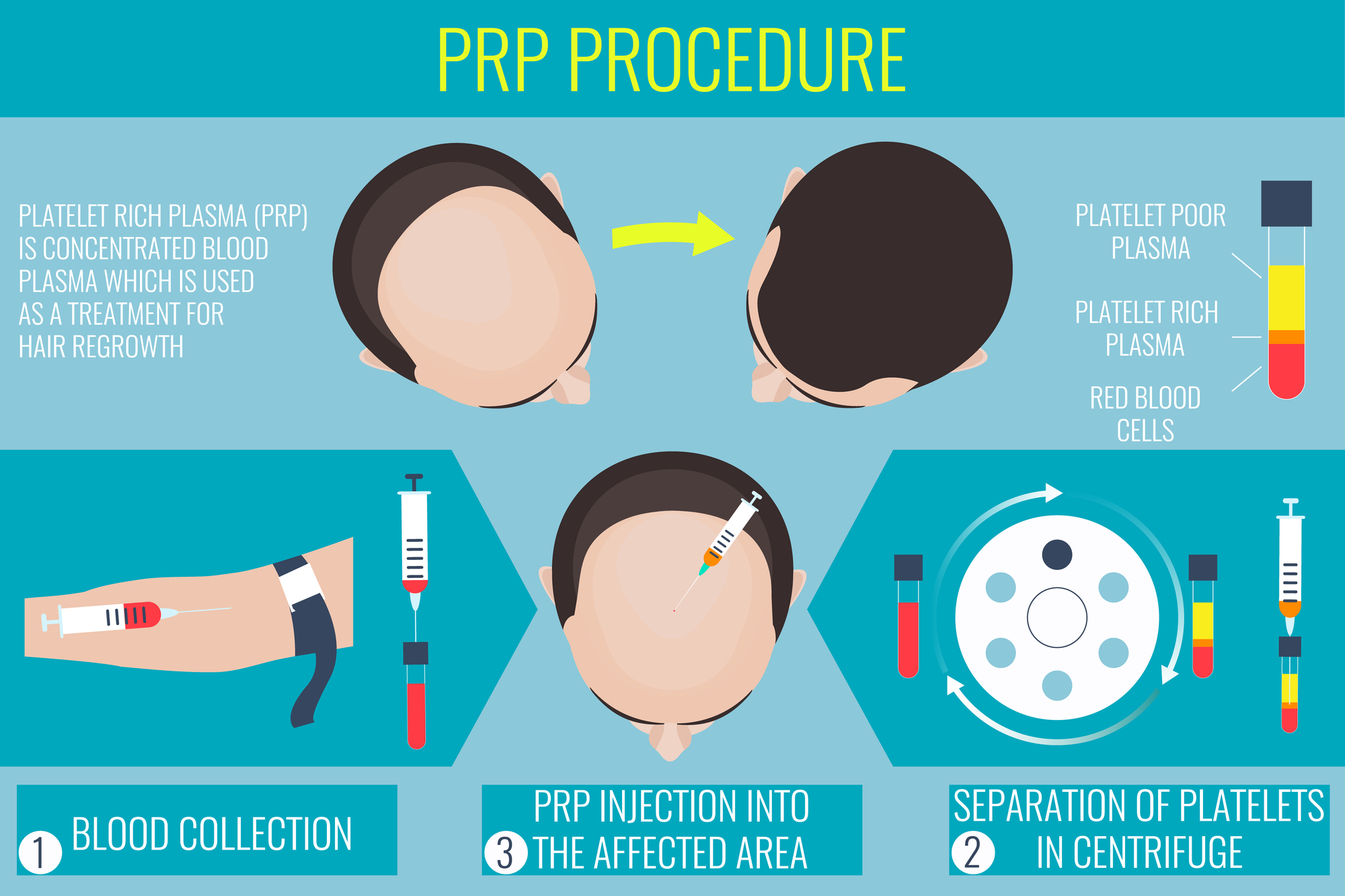In the search for the most effective ways to improve the quality of our lives, we all generally want the same outcomes. We strive for overall better health, with reduced pain and a return to peak performance. Our solution at Northwest Regen? Using natural, non-surgical approaches to heal, repair, and treat injuries and debilitating conditions. One approach that’s particularly effective is Platelet Rich Plasma (PRP) therapy.
What is Platelet Rich Plasma therapy?

Platelet Rich Plasma Therapy is an advanced form of non-surgical, regenerative joint injection therapy that uses the growth factors and proteins found in the platelets of blood. Through PRP, we can regulate inflammation, promote new blood supply, stimulate new cellular growth, and signal local stem cells to repair damaged tissues, ligaments, tendons, and joints.
The term PRP was introduced in the 1970s to describe a preparation of greatly concentrated platelets in plasma, removing all other cells found in the blood. In essence, once the red and white blood cells are removed from the blood, leaving only the plasma (the yellowish liquid containing proteins, glucose, and clotting factors) and the concentrated platelets, you have PRP.
So, What Exactly is a Platelet?
Platelets are derived from bone marrow and lung tissue. Lung tissue, the greatest source of platelets, has the ability to completely repopulate bone marrow, reconstitute blood platelet counts, and contribute to multiple new blood cell lineages.
Under normal conditions, whole blood contains approximately 94% red blood cells (RBCs), 6% platelets, and 1% white blood cells (WBCs). Creating PRP generally reverses the RBC-to-platelet ratio to achieve 95% platelets and 5% or less of RBC, with only trace amounts of WBCs.

Rich in growth factors and proteins that promote tissue regeneration, healing, and repair, platelets form the first line of cellular defense. When platelets become activated, they immediately signal stem cells to migrate to damaged tissues and help cells develop by stimulating new growth. For example, when we are wounded and our blood begins to clot, the clotting is due to platelets. Platelets also help with maintaining a stable internal environment and the development of new blood vessels.
Platelet functions include:
- The synthesis of proteins necessary for collagen, bone, and extracellular matrix formation.
- The restoration of damaged connective tissues.
- The synthesis of damaged tissue by promoting cell migration, creation, differentiation, and stabilization of cells in new blood vessels.
- The promotion and migration of stem cells to damaged tissues.
Why Do We Use Platelets for Healing?
The premise behind utilizing PRP for orthopedic therapies originated because of the abundant growth factors and proteins. In concentrating the number of platelets by volume and then administering them through precision injections directly into the injury site, physicians can promote the healing process across a variety of tissues. Apart from their role in structural and functional healing, PRP as a treatment has the potential to help reduce pain, thereby reducing the use of narcotics, improving sleep, and reducing pain perception.
How PRP Therapy Works
Our PRP procedures begin with a simple blood draw. The blood is then processed within our lab, complying with a strict sterile lab technique. We use highly specialized protocols to produce PRP that is tailored specifically to each individual condition.
We prepare the patient for the injections with a small local anesthetic at the skin level. The PRP injection is then administered directly to the areas of pain to promote repair and remodeling. Each step is carefully administered with ultrasound as a visual guide.
Who Are The Best Candidates for PRP Treatment?
Candidates who generally respond well to PRP include those who:
- Suffer from degenerative osteoarthritic changes to joints, including knees, hips, shoulders, ankles, wrists, and the spine.
- Are surgical candidates looking for non-surgical alternatives for total joint replacement and muscle/ligament repairs.
- Suffer from chronic joint pain and instability.
- Are looking to manage acute and chronic sprains, strains, and other sports related injuries.
- Have ligament, muscle, and tendon damage, including meniscal tears, rotator cuff tears, calcific tendinosis, frozen shoulder, chronic tendinitis such as tennis/golfers’ elbow, plantar fasciitis, and chronic ankle instability.
- Have acute or chronic sports or other traumatic brain injuries, including the treatment and management of concussions.
- Suffer from men’s health issues, including ED and Peyronie’s.
- Suffer from hair loss.
At Northwest Regen, we are one of the leading experts in PRP therapy in the Portland community. Our goal is always to achieve the highest quality treatment, with the least amount of discomfort, and the best possible outcome. Having the ability to effectively perform natural, non-surgical treatments such as PRP is a significant part of our tailored approach.

Dr. Ryan Wood is a licensed Naturopathic and Chiropractic physician focusing on interventional orthopedic and orthobiologic medicine and injection therapies as well as general musculoskeletal and non-surgical orthopedic medicine.
With almost two decades of orthopedic practice across multiple disciplines, he has the necessary experience to ensure proper diagnoses and management of complex cases.


